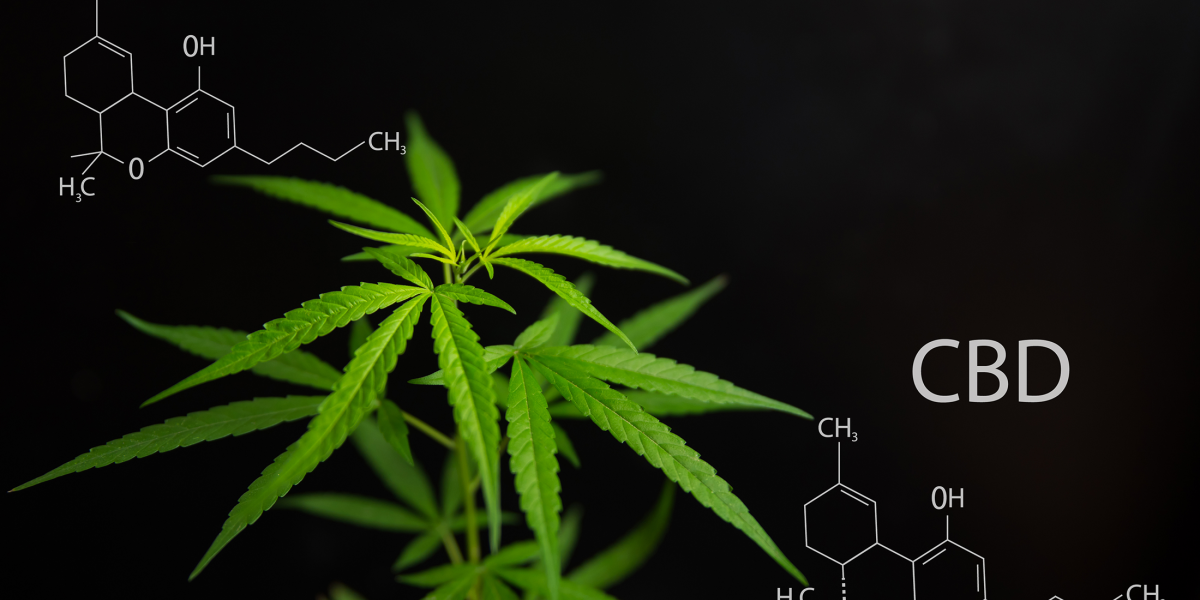Plant biologists have outlined the elevated “hacks” that cannabis cells use to produce cannabinoids (THC/CBD) for the first time. Although many biotechnology firms are currently attempting to engineer THC/CBD outside of the plant in yeast or cell cultures, it is still unclear how the plant does it innately.
 Metabolically active cells in cannabis form a “supercell.” Image Credit: Jirawut Seepukdee
Metabolically active cells in cannabis form a “supercell.” Image Credit: Jirawut Seepukdee
This really helps us understand how the cells in cannabis trichomes can pump out massive quantities of tetrahydrocannabinol (THC) and terpenes—compounds that are toxic to the plant cells at high quantities—without poisoning itself.”
Dr Sam Livingston, Study Lead and Botanist, University of British Columbia
“This new model can inform synthetic biology approaches for cannabinoid production in yeast, which is used routinely in biotechnology. Without these ‘tricks’ they’ll never get efficient production.”
For centuries, humans have grown cannabis for the medicinal properties derived from its specialized metabolites, mainly CBD and terpenoids. Today, the $2.6 billion Canadian cannabis industry ($20 billion global cannabis market) is largely dependent on the biological processes of tiny cell clusters called glandular trichomes, which are found primarily on the plant’s flowers.
The study, reported this week in Current Biology, discloses the microenvironments in which THC is generated and transmitted in cannabis trichomes. This gives insight into many crucial points in the cell’s pathway for producing THC or CBD.
Dr Livingston and co-author Dr Lacey Samuels immobilized the plant’s cellular structures and metabolites in situ by rapidly freezing cannabis glandular trichomes. They were able to look into cannabis glandular trichomes using electron microscopes, which disclosed cell structure at the nano level, demonstrating that the metabolically active cells in cannabis form a “supercell” that functions as a tiny metabolic biofactory.
Until now, synthetic biology strategies have aimed at optimizing the enzymes liable for THC/CBD production, analogous to building a factory with the most efficient machinery to produce as much product as possible.
Moreover, no efficient method for moving intermediate substances from one enzyme to another or from within the cell to the outside of the cell where finished products can be gathered has been established.
This study contributes to the definition of the subcellular “shipping routes” that cannabis uses to establish an effective pipeline from raw materials to products while avoiding the accumulation of toxins or waste products.
For more than 40 years, everything that we thought about cannabis cells was inaccurate because it was based on dated electron microscopy.”
Dr Samuels, Plant Cell Biologist, University of British Columbia
“This work defines how cannabis cells make their product. It is a paradigm shift after many years, producing a new view of cannabinoid production. This work has been challenging, partly the result of legal prohibition and also due to the fact that no protocol for the genetic transformation of cannabis has been published,” he added.
Source:
Journal reference:
Livingston, S. J., et al. (2022) A polarized supercell produces specialized metabolites in cannabis trichomes. Current Biology. doi.org/10.1016/j.cub.2022.07.014.